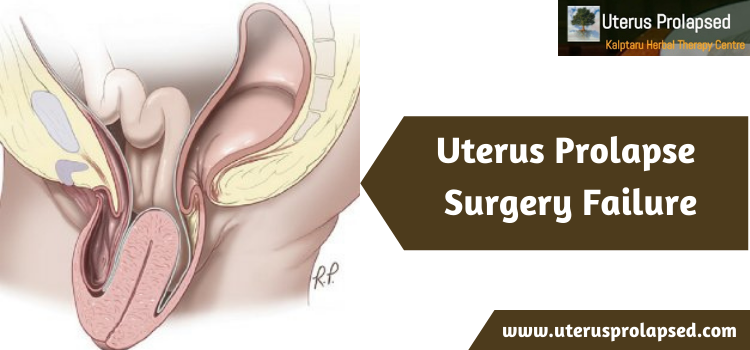Pelvic organ prolapse (POP) occurs when organs such as the bladder, uterus, or rectum protrude into the vaginal canal. When this occurs to you, it may be frightening, but have no fear: there are many options for treatment, both surgical and non-surgical.
Treatments that are not surgical
• Pessary. If you have POP symptoms, this is likely one of the first therapies your doctor may suggest. A pessary is a ring-shaped device that is placed into your vaginal canal. It aids in the support or stabilization of your pelvic organs. In your doctor’s office, you’ll need to be fitted for one. It’s similar to getting a diaphragm installed.
• Exercises for the Kegels. These exercises help to strengthen your pelvic muscles. They’re extremely simple to put together. Consider the following scenario: you need to pee, but instead of letting it out, you squeeze to keep it in. Do this for 5 seconds, then relax and repeat. Do 10 sets of these 10 times a day, up to 15 times a day. 3 times each day, work up to 10 seconds, 20 repetitions. Your prolapse may improve or go completely with time.
• Biofeedback is a kind of treatment that involves the use of brainwaves to This therapy teaches you how to tighten your pelvic muscles while also teaching you appropriate breathing and abdominal control.
Risks of Pelvic Organ Prolapse
• Discomfort during sexing • Pelvic pain • Difficulty holding your pee (urinary incontinence)
Infection, bleeding, and blood clots are all hazards associated with pelvic organ prolapse surgery. During the operation, your doctor may damage neighboring organs.
There is a danger of discomfort and infection when mesh is put in the vaginal canal, as well as the mesh eroding. The FDA classified vaginal mesh for pelvic organ prolapse as a “high-risk product” in 2016 because to safety concerns. If you’ve attempted previous prolapse surgeries without success, or if your tissues are too weak to heal, or if you can’t undergo abdominal surgery, this is probably not the option for you.





